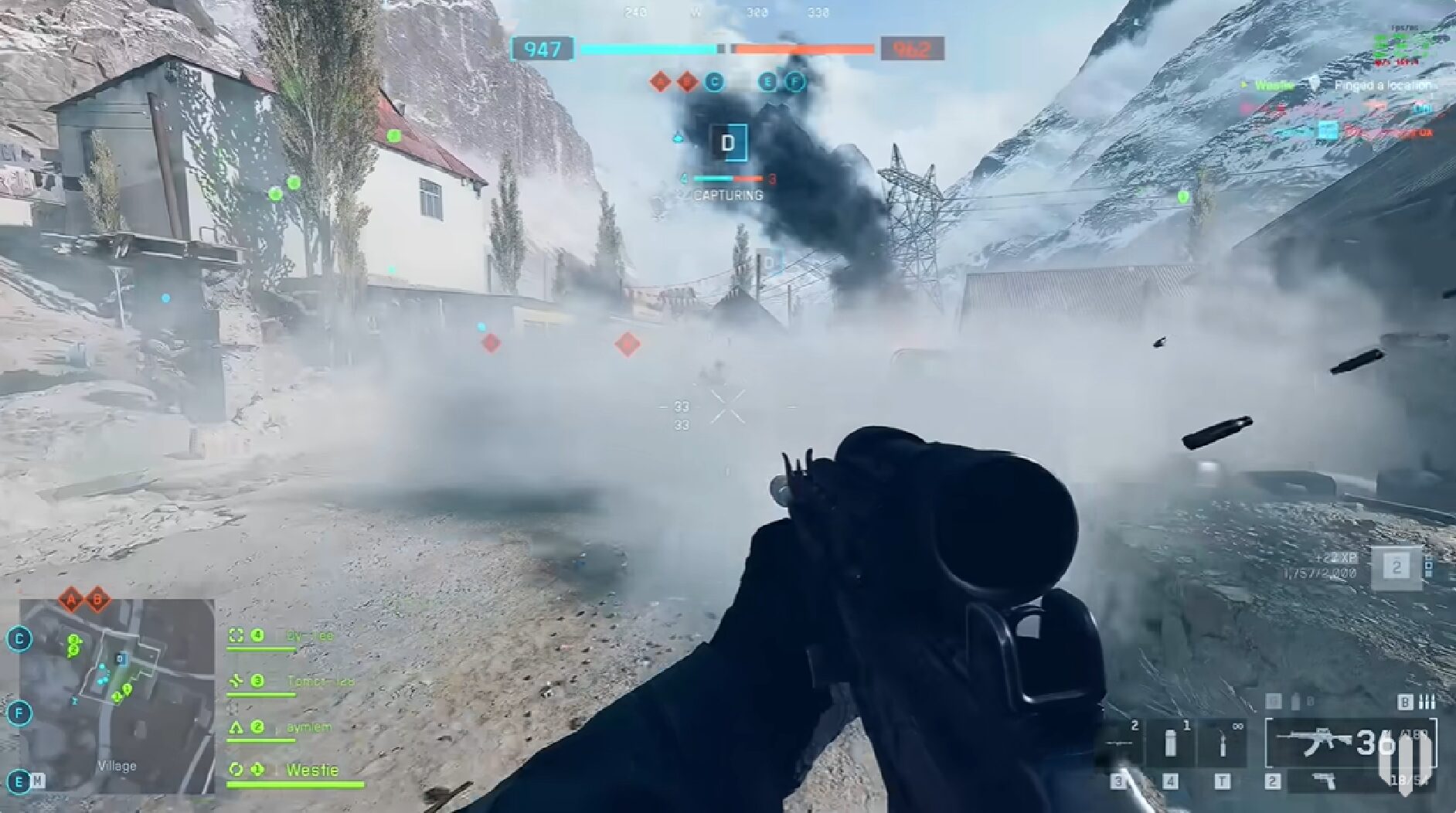Map control in Battlefield 6 isn’t just about running around capturing flags. It’s about smart positioning, understanding flow patterns, and making tactical decisions that keep your team ahead. Whether you’re a squad leader or solo player, mastering these control strategies will dramatically improve your win rate and overall performance.
I’ve spent hundreds of hours analyzing matches, watching pro gameplay, and testing different approaches. What works consistently isn’t just raw gunplay skill—it’s strategic map awareness. Let’s break down the most effective techniques for dominating the battlefield.
Understanding Flag Priority & Strategic Objectives
Not all flags are created equal in Battlefield 6. The “gimme flags” nearest to your deployment should be captured immediately—they’re essentially free territory. But the central flag? That’s the crown jewel of most maps, providing crucial advantages and often determining which team controls the match flow.
Central flags typically offer:
- Access to critical flanking routes that bypass enemy strongholds
- Elevated positions overlooking multiple objectives
- Vehicle spawn points that can shift the battlefield power balance
Take Liberation Peak for example. Controlling the central mountain ridge doesn’t just give you one flag—it provides sightlines to three other objectives and forces enemies to expose themselves when moving between positions. Teams that secure this high ground typically maintain a 20-30 ticket advantage throughout the match.
Advanced Back-Capping Tactics
Want to throw the enemy team into disarray? Back-capping forces opponents to split their focus and resources. A small mobile squad (2-3 players) can slip behind enemy lines while the main force creates a distraction at heavily contested objectives.
The psychological impact is significant—when players see their home flags turning, they often abandon forward positions in a panic. This creates opportunities for your main force to push forward and capture previously defended points.
The Perfect Back-Cap Squad Composition
For effective back-capping, build a squad with:
Recon/Scout: For spotting enemies and placing spawn beacons in hidden locations
Engineer: To disable or steal enemy vehicles and fortify captured positions
Medic: Keeps your small team operational without needing to respawn
Mastering High-Ground & Power Positions
High ground isn’t just a Star Wars meme—it’s a fundamental tactical advantage. On maps like Liberation Peak, controlling elevated positions gives you superior sightlines and forces enemies to expose themselves when pushing uphill.
Power positions typically give you:
- Cover from multiple angles while exposing enemy movements
- Improved weapon effectiveness (especially for DMRs and snipers)
- Early warning of enemy advances toward objectives
The trade-off? Power positions often make you visible to multiple enemies. Never stay in one spot too long, and always have an escape route planned. Use burst or semi-auto fire for increased accuracy from these positions—it’s tempting to spray, but controlled shots from high ground are devastatingly effective.
Game Mode-Specific Control Strategies
Each Battlefield 6 mode requires different approaches to map control:
Conquest: Focus on causing ticket bleed by holding the majority of flags. Prioritize central and flanking objectives to restrict enemy movement.
Breakthrough: As attackers, find and exploit weak points in defensive lines rather than rushing the obvious entrances. As defenders, focus on controlling chokepoints and high ground overlooking objectives.
Hazard Zone: Map control here means controlling extraction points and high-value loot areas. Mobility and quick strikes matter more than holding fixed positions.
Pro-Level Squad Compositions
Squad diversity is crucial for adapting to changing map control priorities. The most successful teams maintain a balance of:
Medics: Essential for sustaining pushes and holding contested objectives. Each medic can effectively add 5-10 tickets to your team’s count through well-timed revives.
Engineers/Support: Lock down vehicle paths and fortify strategic chokepoints. Well-placed anti-vehicle mines can deny entire sections of the map to enemy armor.
Recon: Not just for sniping—their spotting abilities provide critical intelligence that shapes your team’s movement patterns.
Flow Control & Rotation Techniques
Professional players excel at directing enemy movement and rapidly redeploying between objectives. When you lose a flag, don’t immediately rush to recapture it. Instead, evaluate if capturing a different objective might force enemies to split their forces.
Some players find success using undetected Battlefield 6 cheats from Battlelog to maintain situation awareness with tools like ESP and radar hacks, though vanilla players can achieve similar awareness through constant minimap checking and communication.
Technical Map Control Considerations
Beyond strategic positioning, technical elements significantly impact your control effectiveness:
Lines of Sight: Learn the key sightlines on each map. Knowing exactly which windows, doorways, and ridge lines offer tactical advantages can give you precious seconds in firefights.
Cover & Destruction: Battlefield’s destruction isn’t just visual—it changes tactical possibilities. Destroying walls can eliminate enemy cover, while collapsed buildings can block tank access to objectives.
Sound Awareness: High-quality headphones can reveal enemy positions through footsteps and equipment sounds. In tight indoor objectives, sound often provides earlier warnings than visual cues.
Enhancing Your Map Awareness
Tweak your settings to maximize awareness:
Increase Minimap Scale: Setting your minimap to 125-150% makes spotting enemy movements much easier
HUD Customization: Remove unnecessary visual elements that distract from spotting enemies
Field of View: A wider FOV (90-100) helps spot flanking enemies without constant camera movement
Final Thoughts: Putting It All Together
The perfect Battlefield 6 map control strategy combines awareness of objective priorities, squad composition, power positions, and constant adaptation. Start each match by securing your team’s gimme flags and the central objective, then extend control through back-capping and power positions.
Remember that perfect execution with a mediocre strategy beats poor execution of the perfect plan. Practice these techniques consistently, communicate with your squad, and you’ll find yourself dominating the battlefield in no time.
What map control strategies have worked best for you? The meta constantly evolves as players discover new techniques and angles—especially after patches change map layouts and weapon balance.


